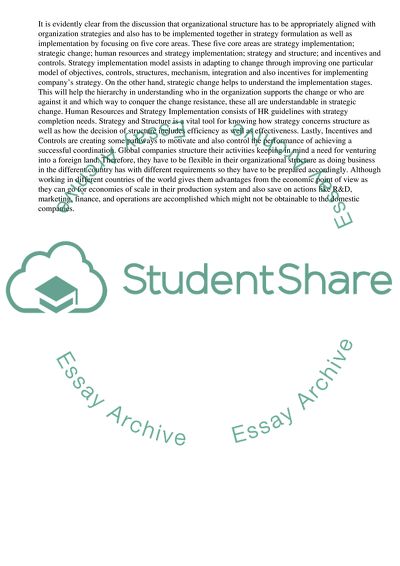Cite this document
(“Organizational Structure of Different Types of Companies Essay”, n.d.)
Organizational Structure of Different Types of Companies Essay. Retrieved from https://studentshare.org/business/1567549-see-attachment
Organizational Structure of Different Types of Companies Essay. Retrieved from https://studentshare.org/business/1567549-see-attachment
(Organizational Structure of Different Types of Companies Essay)
Organizational Structure of Different Types of Companies Essay. https://studentshare.org/business/1567549-see-attachment.
Organizational Structure of Different Types of Companies Essay. https://studentshare.org/business/1567549-see-attachment.
“Organizational Structure of Different Types of Companies Essay”, n.d. https://studentshare.org/business/1567549-see-attachment.


